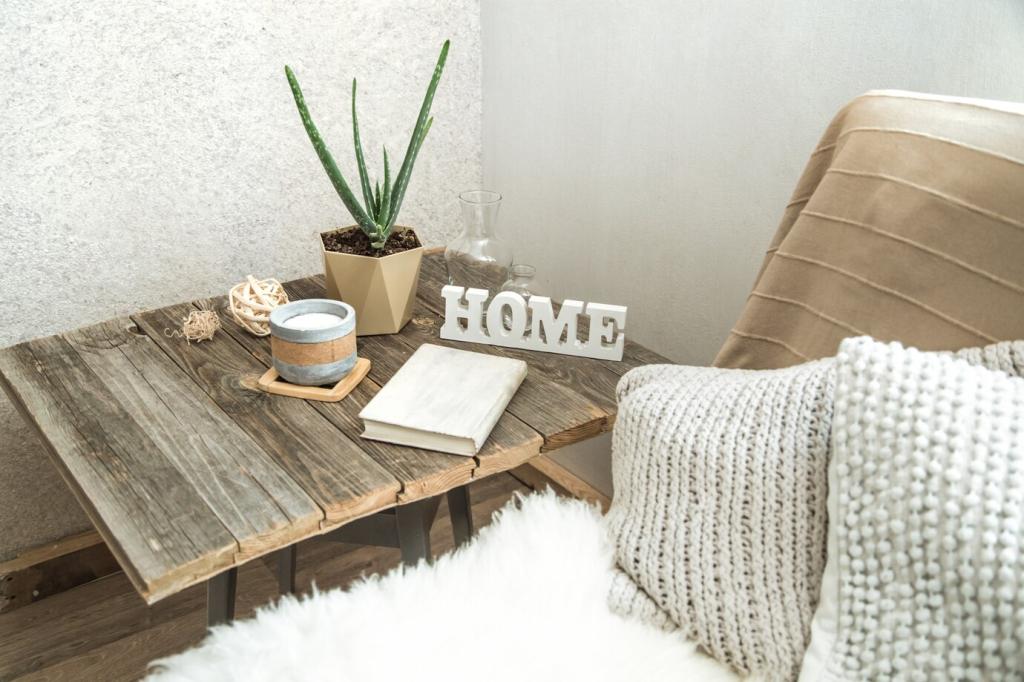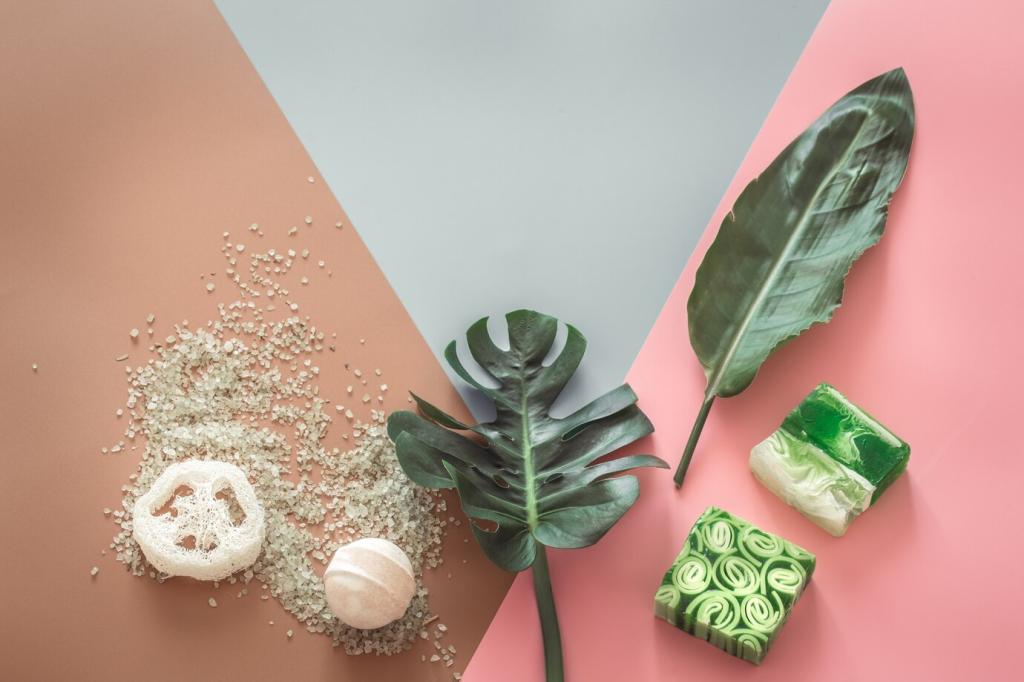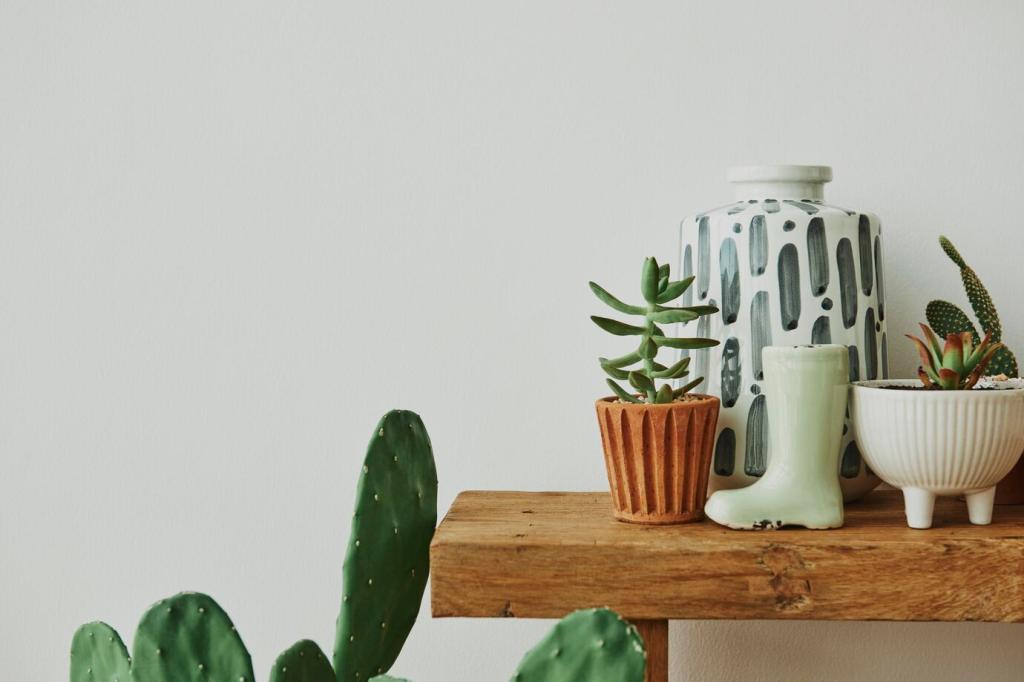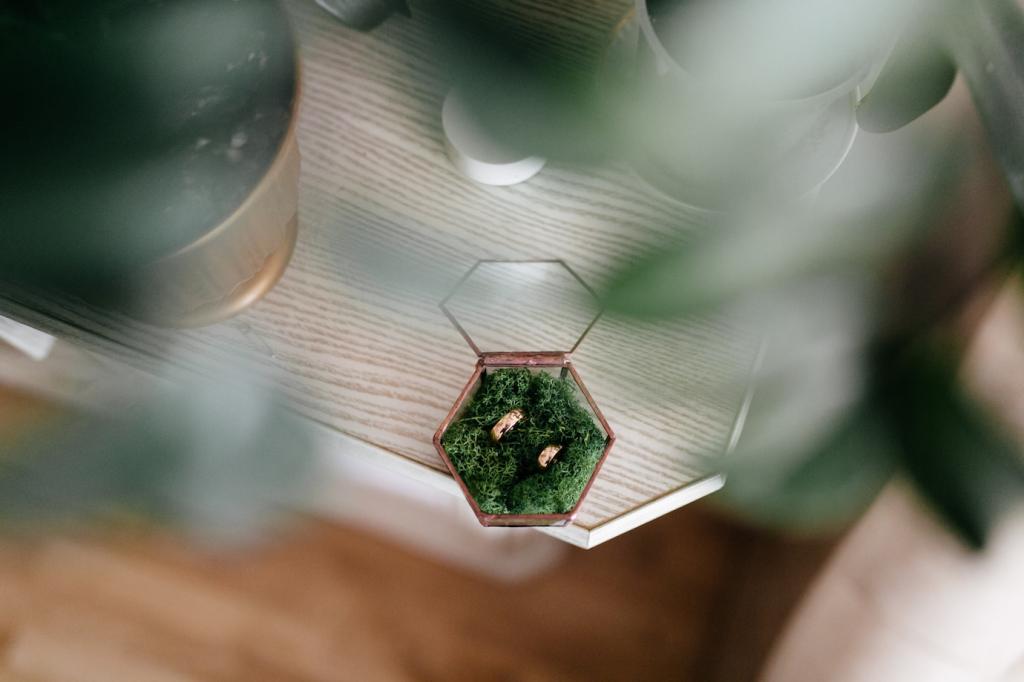Eco-friendly materials are redefining interior design, placing environmental responsibility at the forefront without compromising on aesthetics or comfort. As sustainability takes center stage in building and renovating spaces, interior designers and homeowners increasingly seek materials that lessen the ecological footprint while delivering durability and beauty. Embracing green design not only aligns with global environmental goals but also benefits occupants’ health and well-being. This page explores the essential aspects of eco-friendly materials, highlighting their advantages, applications, and their transformative impact on modern interiors.

Environmental Impact Reduction
One of the most significant benefits lies in minimizing negative impacts on air, water, and soil. Eco-friendly materials typically require fewer raw resources and generate less waste and pollution. By opting for renewable, recycled, or low-impact products, interior spaces become part of a larger effort to preserve natural ecosystems and reduce the burden of landfill waste.
Healthier Indoor Environments
Many conventional building materials release volatile organic compounds (VOCs) and other toxins that can harm indoor air quality. Eco-friendly alternatives are often free from these chemicals, contributing to healthier living and working spaces. This leads to improved respiratory health, fewer allergic reactions, and an overall enhancement in occupant wellness.
Long-Term Cost Savings
While some eco-friendly materials have higher upfront costs, their durability and efficiency typically result in long-term savings. Products designed for longevity require replacement less often, and improved indoor air quality can reduce health-related costs. Additionally, green certifications and energy-efficient materials can increase property value, offering financial incentives for choosing sustainability.
Natural Materials in Modern Interiors
Responsibly harvested timber, reclaimed wood, and bamboo offer organic aesthetics and robust performance. Certified woods from sustainable forests ensure resource renewal, whereas reclaimed lumber gives a second life to existing materials. Bamboo, an ultra-fast-growing grass, stands out for its renewability and unique appearance, making it a favorite for flooring, cabinetry, and decorative accents.
Previous
Next
Recycled and Upcycled Innovations
Glass and Metal Reclamation
Recycled glass is reshaped into tiles, countertops, and lighting, often displaying vibrant colors and unique patterns. Similarly, reclaimed metals—such as aluminum, steel, and copper—find new life in furniture, fixtures, and decorative elements. The process reduces the demand for virgin resources, saves energy, and lessens the carbon footprint associated with mining and refining.
Upcycled Furnishings
Upcycling breathes creativity into sustainable design by repurposing existing objects or materials into new furnishings and decor. From vintage suitcases turned into chairs to industrial piping transformed into shelving, upcycled pieces tell a story and give interiors a distinctive, personalized touch. This approach not only diverts waste from landfills but encourages imaginative, resourceful thinking.
Textile Regeneration
Textile waste is a growing concern, but recycled fabrics—created from post-consumer and post-industrial sources—address this issue head-on. Innovations include carpets made from recycled plastic bottles, upholstery from repurposed denim, and wall coverings woven with upcycled fibers. These products help close the loop in the textile industry and offer sustainable solutions for softening and beautifying spaces.
Low-Emission and Non-Toxic Materials
Volatile Organic Compounds (VOC) Awareness
Many paints, adhesives, and finishes emit VOCs, which can cause headaches, respiratory issues, and contribute to indoor air pollution. Choosing low-VOC or zero-VOC products, including water-based paints and natural oil finishes, significantly lowers these risks and supports a healthier interior climate, essential for those with allergies or sensitivities.
Formaldehyde-Free Products
Widely used in composite woods and adhesives, formaldehyde is a potent indoor pollutant. Opting for formaldehyde-free MDF, plywood, and cabinetry ensures that interiors remain free from this hazardous chemical. Many manufacturers now offer certified products that maintain structural integrity and appearance without posing health concerns to users.
Green Certified Materials
Seeking out materials with independent environmental certifications, such as GREENGUARD, FSC, or Cradle to Cradle, provides assurance of low emissions and responsible sourcing. These certifications set stringent criteria for chemical content, manufacturing practices, and sustainability, simplifying the selection process for health-conscious design.

Utilizing materials native to a project’s locale, such as regional woods or locally quarried stone, minimizes fuel consumption and transportation-related pollution. Supporting local artisans and craftspeople not only sustains traditional techniques, but also fosters community engagement and delivers bespoke elements unique to their locale.

Previous slide
Next slide

Timeless Material Choices
Choosing classic materials and neutral finishes helps interiors remain appealing across trends and years, reducing the urge for premature redecorating. Durable stones, quality woods, and natural fibers can endure decades of use while accumulating character, which adds value and reduces waste associated with cyclical redesigns.

Adaptable Layouts and Modular Elements
Design strategies that allow spaces to grow and change with occupants’ needs promote resource efficiency. Modular walls, movable partitions, and reconfigurable furniture enable easy adjustments without major interventions. Selecting materials that can be disassembled and reused furthers circular design, accommodating evolving lifestyles while minimizing consumption.
